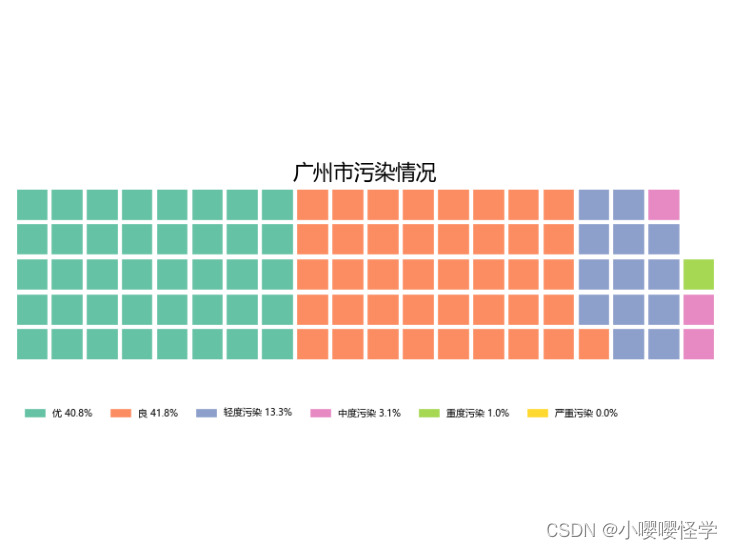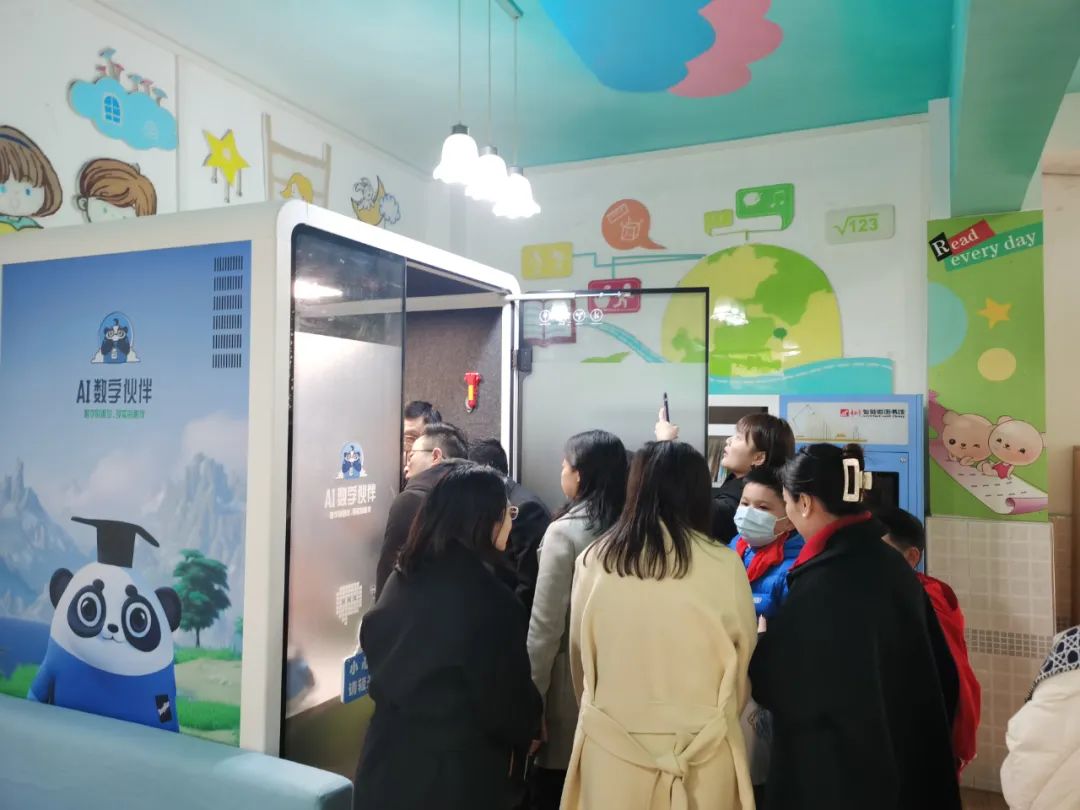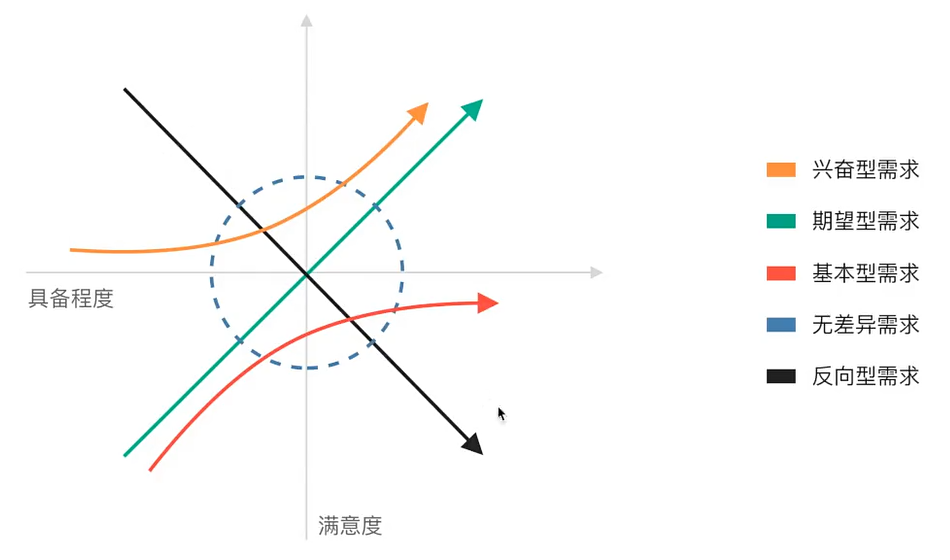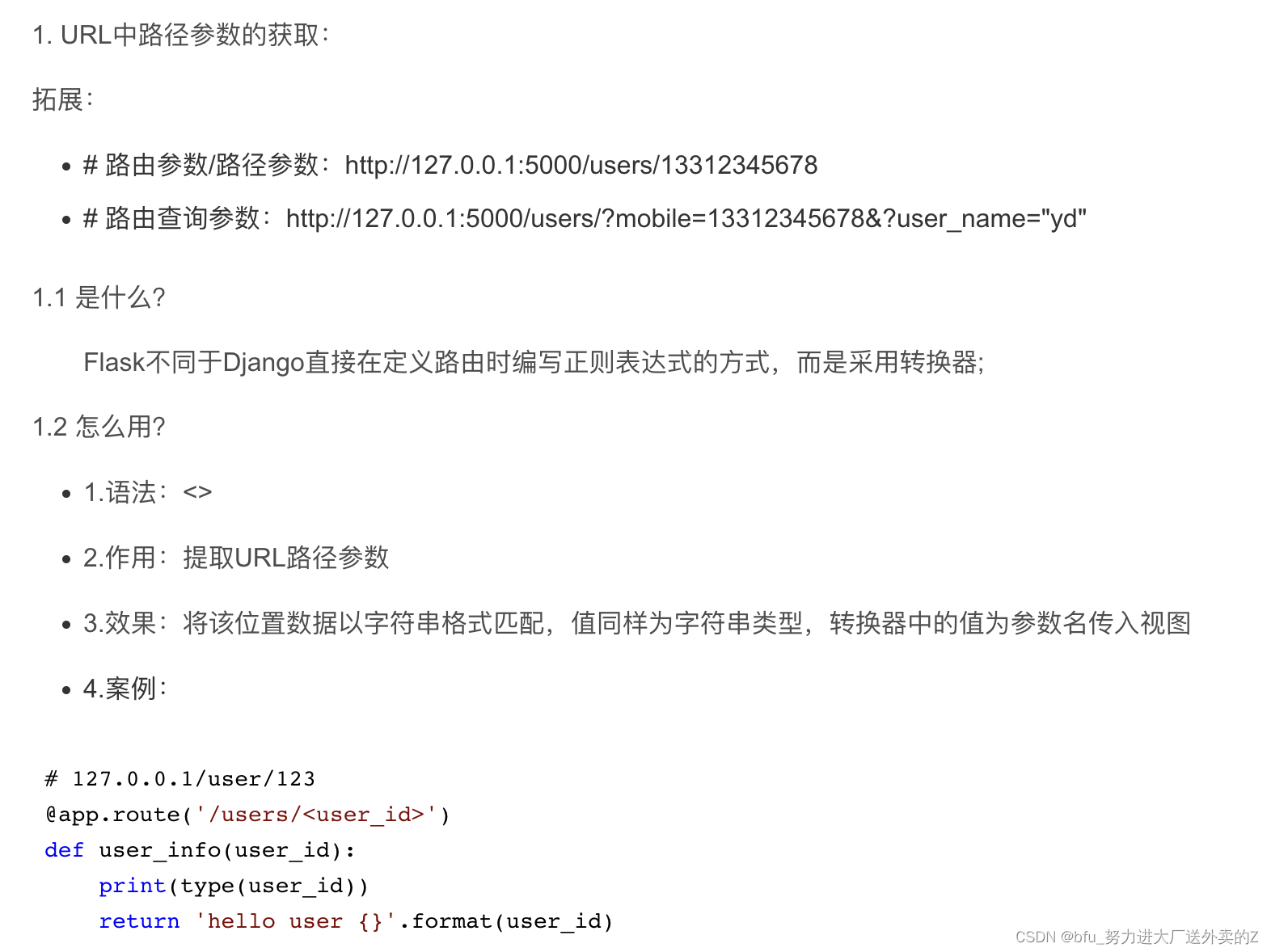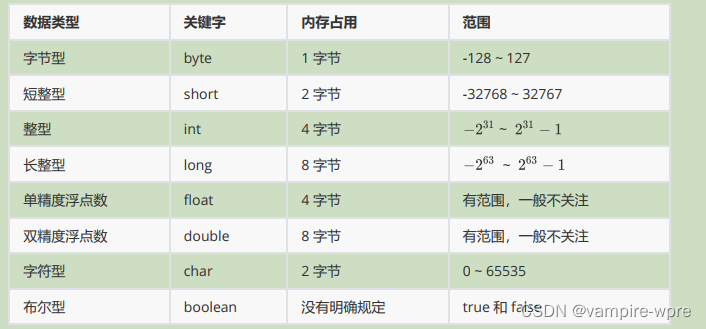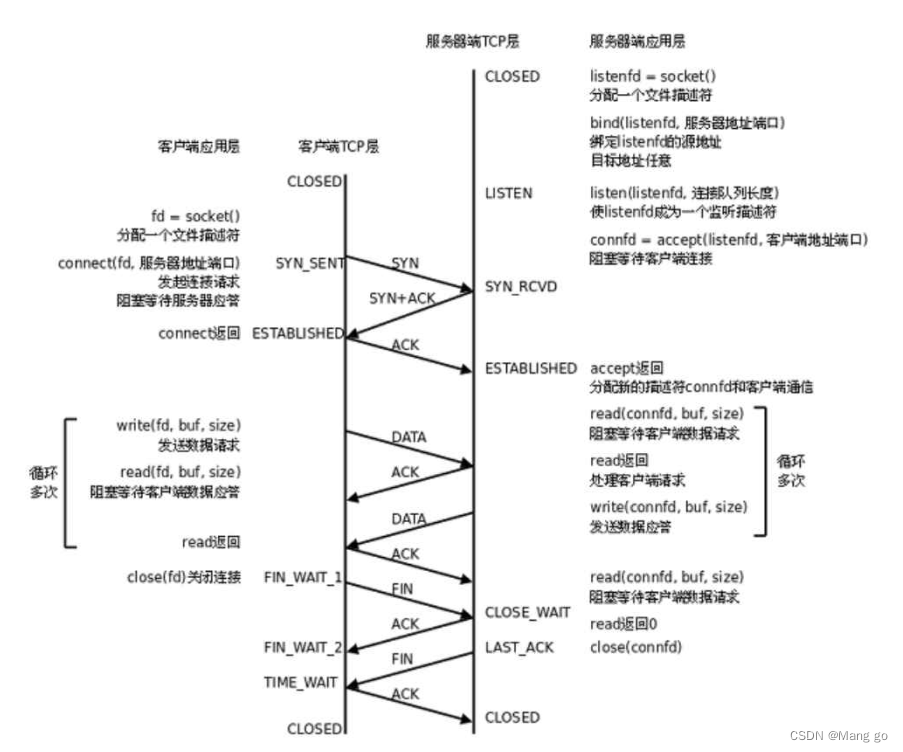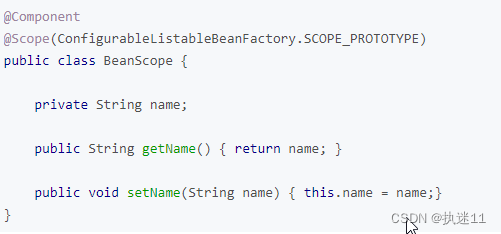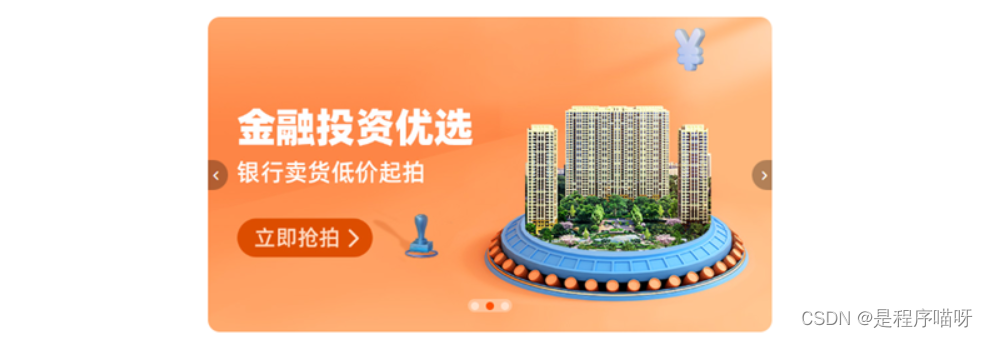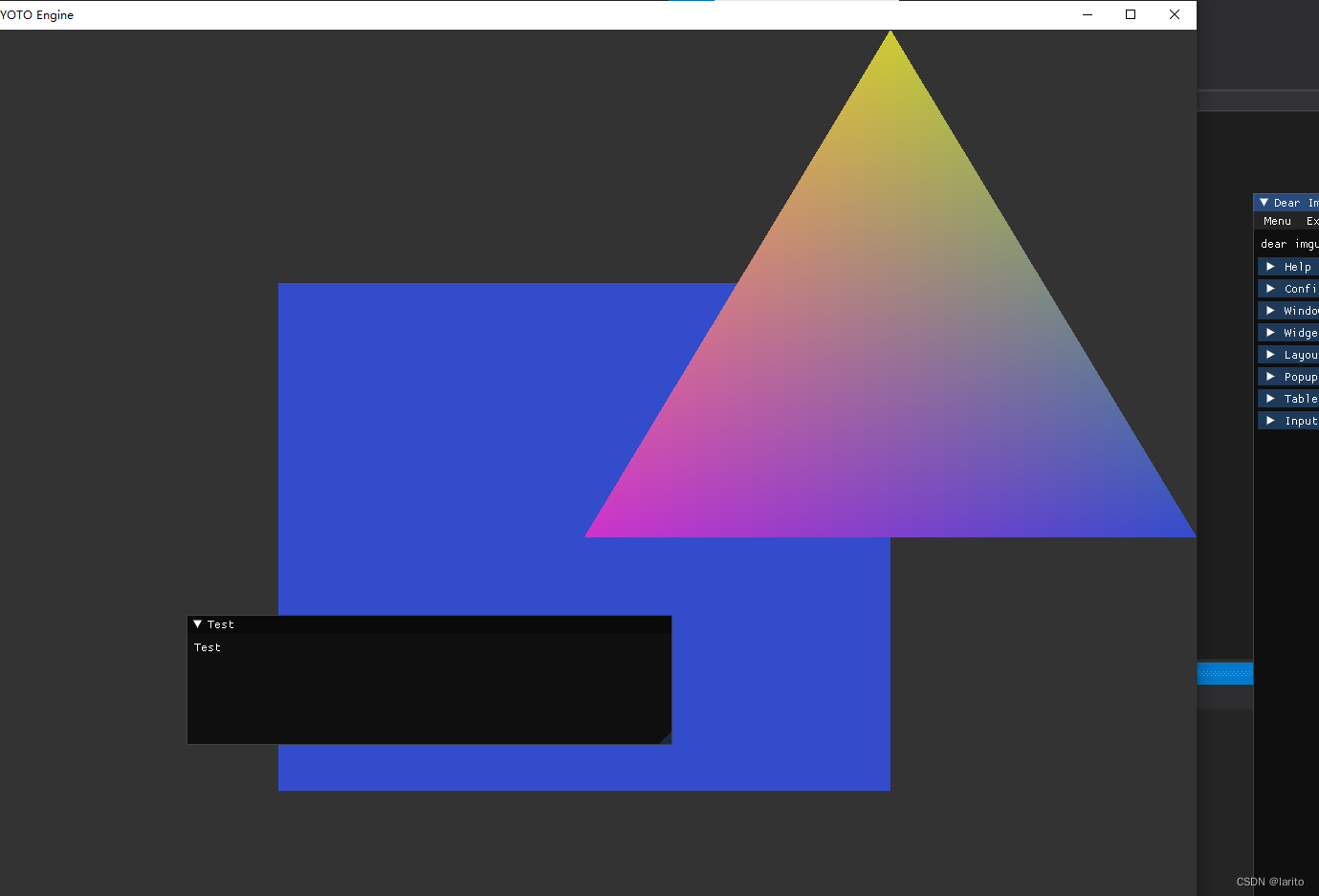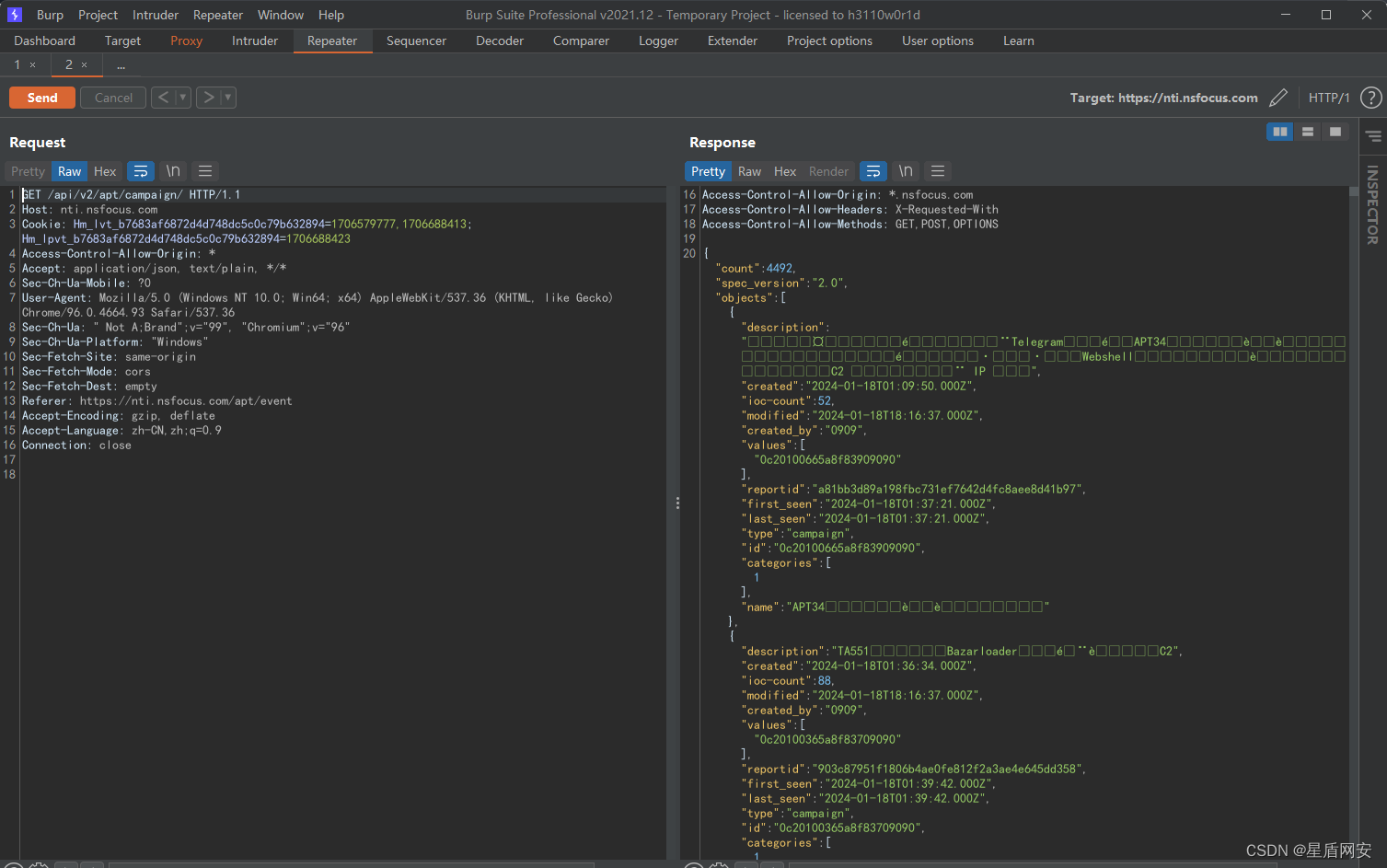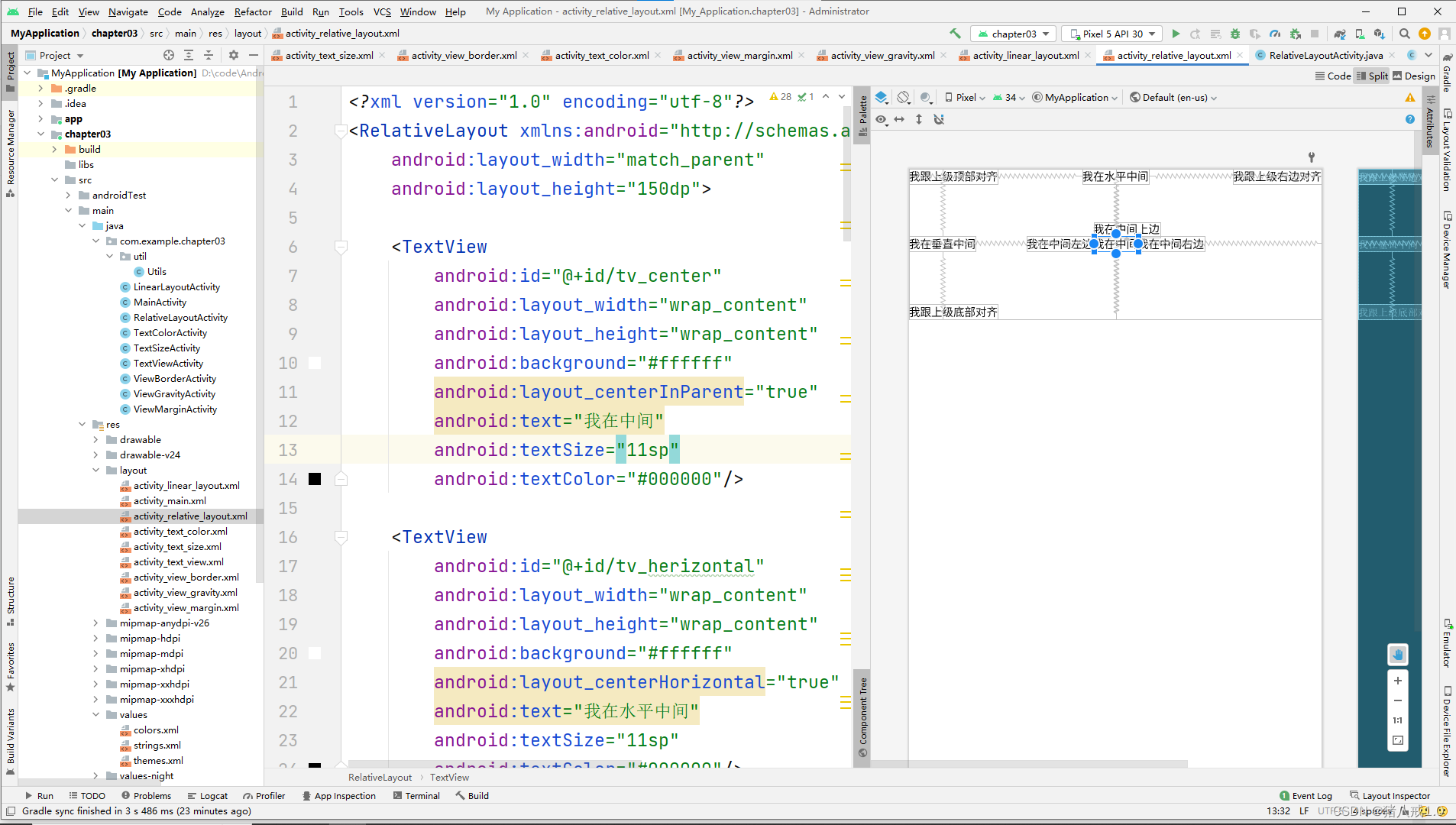
第069个
本文章目录
- 示例背景
- 示例效果图
- 示例源代码
- 父组件:
- 子组件A:
- 子组件B:
- eventbus/index.js:
- EventBus的基本使用方法:
示例背景
在Vue中,使用EventBus可以实现组件间的通信,如何使用EventBus? 都需要做哪些配置呢?他的注意事项是什么呢?请参考以下示例及使用步骤。
示例效果图

示例源代码
父组件:
/*
* @Author: 大剑师兰特(xiaozhuanlan),还是大剑师兰特(CSDN)
* @此源代码版权归大剑师兰特所有,可供学习或商业项目中借鉴,未经授权,不得重复地发表到博客、论坛,问答,git等公共空间或网站中。
* @Email: 2909222303@qq.com
* @weixin: gis-dajianshi
* @First published in CSDN
* @First published time: 2024-02-03
*/<template><div class="djs-box"><div class="topBox"><h3>vue使用EventBus的图文示例 </h3><div>大剑师兰特, 还是大剑师兰特,gis-dajianshi</div></div><div class="dajianshi"><div class="item"><ComA></ComA></div><div class="item"><ComB></ComB></div></div></div>
</template><script>import ComA from '../components/eventbus/demo-A.vue';import ComB from '../components/eventbus/demo-B.vue'export default {data() {return {}},components:{ComA,ComB},}
</script>
<style scoped>.djs-box {width: 1000px;height: 650px;margin: 50px auto;border: 1px solid peru;}.topBox {margin: 0 auto 0px;padding: 10px 0 20px;background: peru;color: #fff;}.dajianshi {width: 98%;height: 480px;margin: 5px auto 0;display: flex;justify-content: space-between;}.item{width: 48%;height: 480px;margin-top: 20px;text-align: center;border: 1px solid #583; }
</style>子组件A:
<template><div><h2> 组件A:</h2><el-button @click="sendMessage">发送消息给B</el-button><h4> 从B获取的消息:</h4><div style="color: blue;">{{message}}</div></div>
</template><script>import {EventBus} from '@/eventbus/index.js';export default {data() {return {message: ''};},mounted() {EventBus.$on('messageB', (msg) => {this.message = msg;});},methods: {sendMessage() {EventBus.$emit('messageA', 'Hello from Component A');}}}
</script>子组件B:
<template><div><h2> 组件B:</h2><el-button @click="sendMessage">发送消息给A</el-button><h4> 从A获取的消息:</h4><div style="color: red;">{{ message }}</div></div>
</template><script>import {EventBus} from '@/eventbus/index.js';export default {data() {return {message: ''};},mounted() {EventBus.$on('messageA', (msg) => {this.message = msg;});},methods: {sendMessage() {EventBus.$emit('messageB', 'Hello from Component B');}}}
</script>eventbus/index.js:
import Vue from ‘vue’;
export const EventBus = new Vue();
EventBus的基本使用方法:
- List item初始化EventBus:首先需要创建一个EventBus实例。可以通过创建一个新的.js文件(如event-bus.js),然后导入Vue并实例化一个新的Vue对象来创建EventBus。或者,可以直接在项目的main.js文件中初始化EventBus。
- 发送事件:要向EventBus发送事件,可以使用 e m i t 方 法 。 例 如 , t h i s . emit方法。例如,this. emit方法。例如,this.EventBus.$emit(‘eventName’, payload),其中eventName是事件名,payload是要传递的参数。
- 监听事件:要在组件中监听EventBus上的事件,可以使用 o n 方 法 。 例 如 , t h i s . on方法。例如,this. on方法。例如,this.EventBus.$on(‘eventName’, callback),其中eventName是事件名,callback是处理事件的函数。
- 移除监听:如果需要在组件销毁时移除事件监听,可以使用 o f f 方 法 。 例 如 , t h i s . off方法。例如,this. off方法。例如,this.EventBus.$off(‘eventName’, callback)。
- 注意事项:虽然EventBus提供了一种简单的方式来实现组件间通信,但过度使用可能会导致代码难以维护。因此,对于更复杂的应用,建议使用Vuex作为状态管理解决方案。
总的来说,通过以上步骤,可以在Vue项目中使用EventBus来实现不同组件之间的通信。
